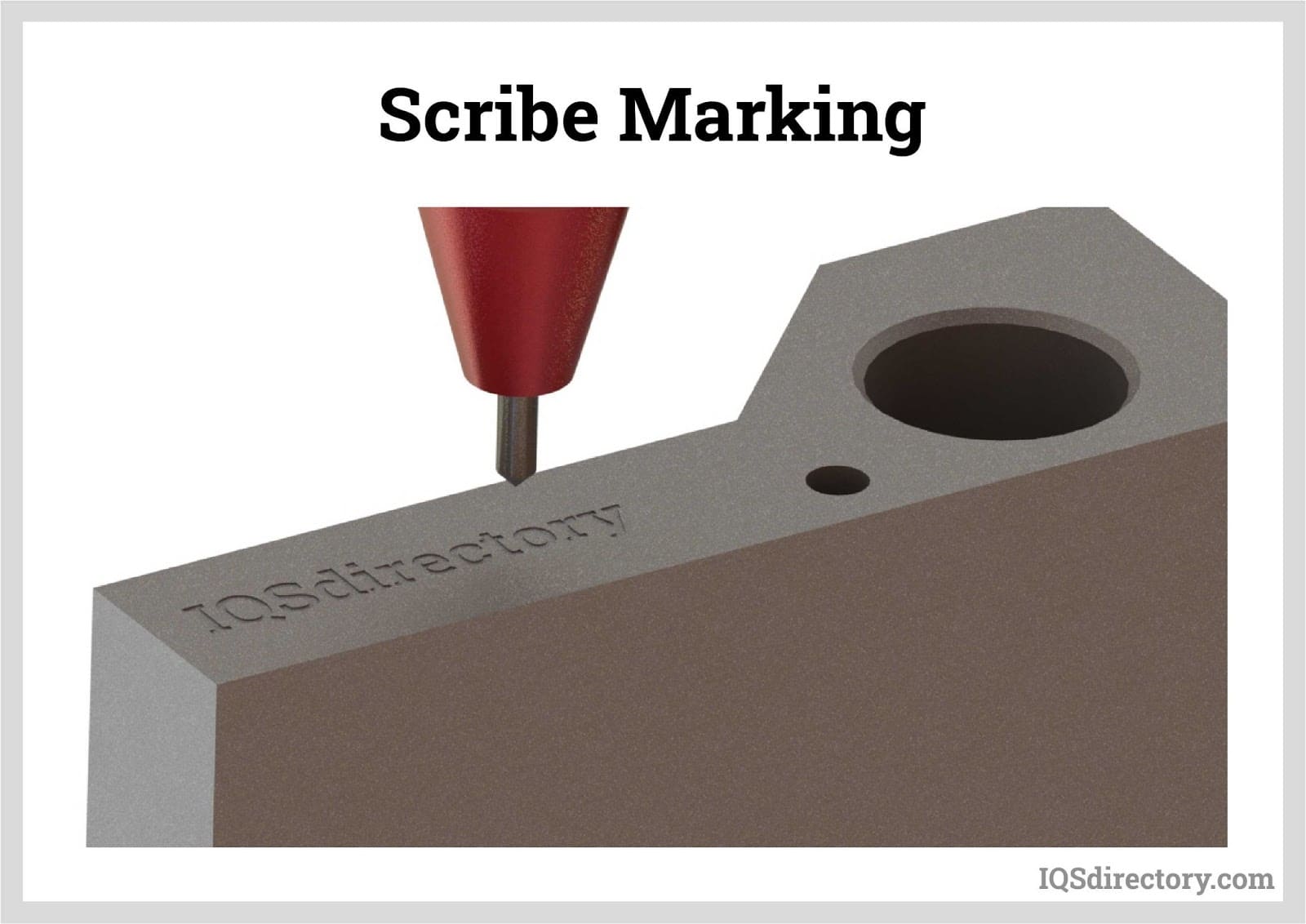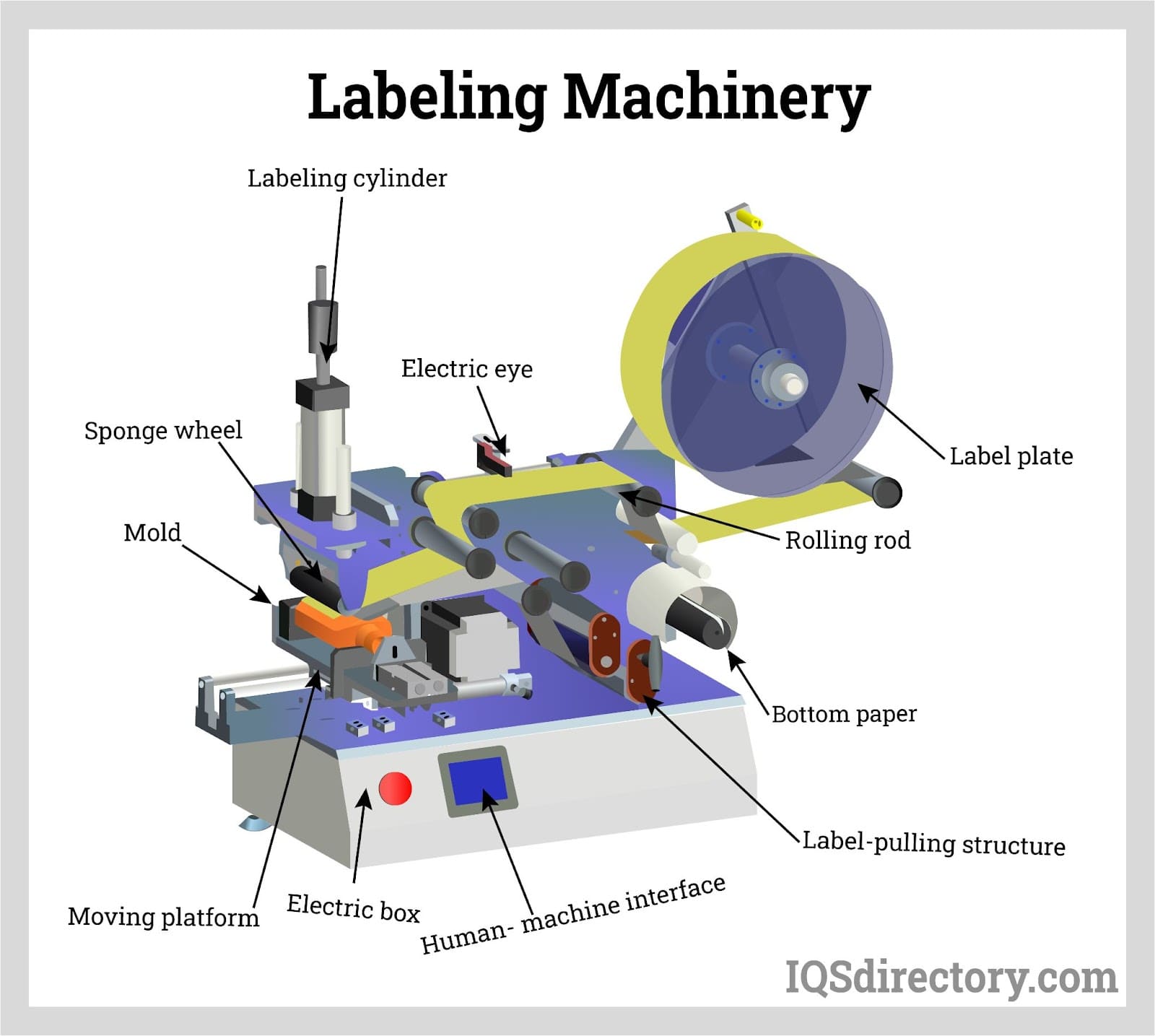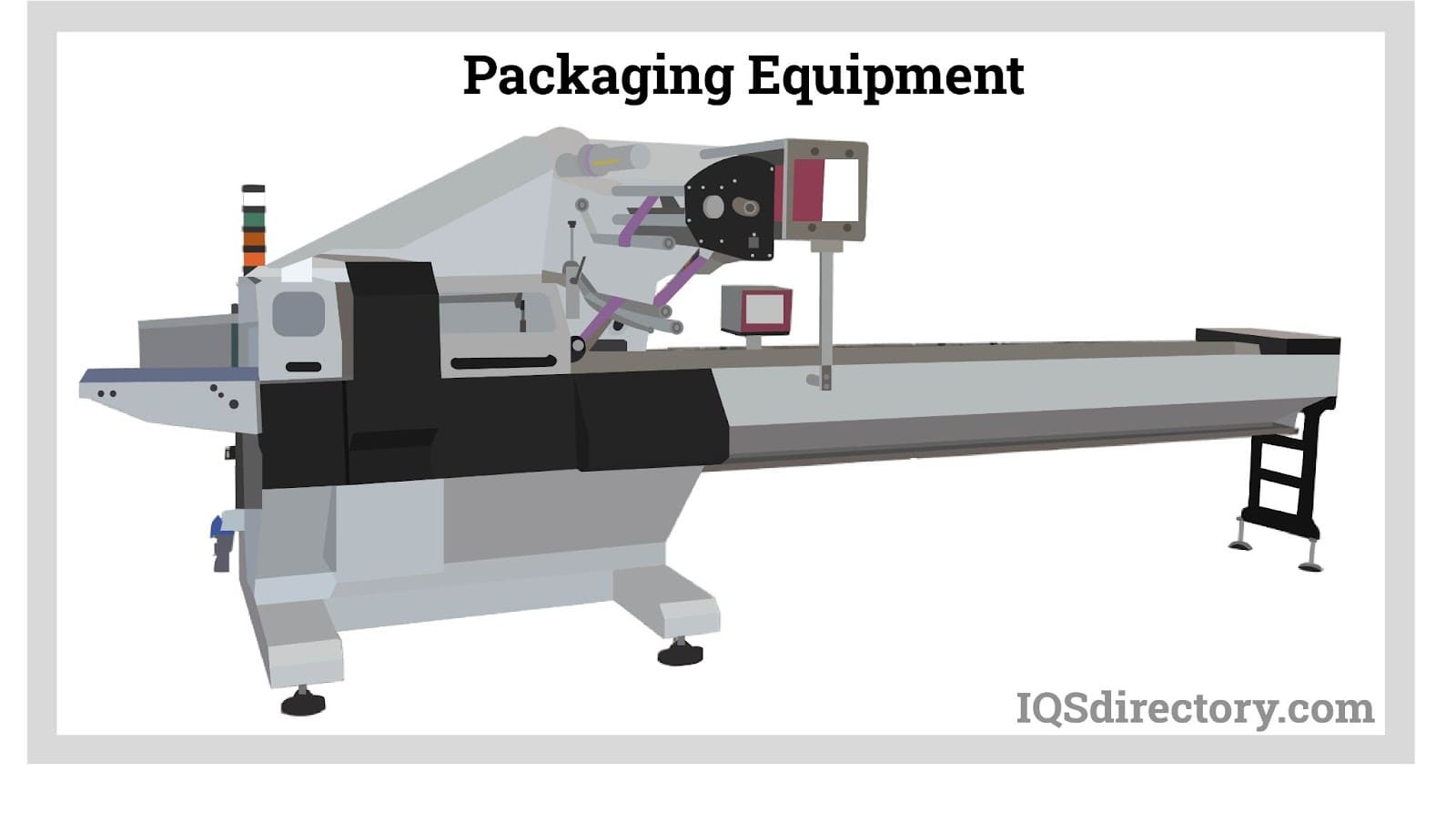Also known as chemical milling, etching can be used to create master prints or dyes out of metal pieces to be used to create numerous imprints of a design or image. Read More…
Is your facility in need of high performance dot peen machines? Our top of the line machinery is guaranteed to meet all of your needs. We are your worry-free provider of identification systems. We will work with your team to implement our products into your business and our services are beyond compare. Our company has proven ourselves as an industry leader!

Matthews Marking Systems is a global supplier of printing systems and consumables for product identification, branding, and traceability solutions. With over 160 years of marking and coding experience, we’ve established a global reputation as a premier innovator and manufacturer in the marking and coding industry.

Laser Marking Technologies LLC has served the marking machinery and laser cutting services industries for over 20 years. Our years of experience and advanced technology make us a leader in marking machinery and laser-cutting services.

At Automark, our team of experts is ready and willing to tackle any of your challenging assignments. We supply marking systems for a multitude of industries such as medical, cosmetic, industrial, automotive, and more. All of our machines are manufactured to the highest quality, offered at a competitive price, and are guaranteed to last. Give us a call and a representative will speak with you...

A world market leader in the field of marking machinery, Alpine Metal Tech is a “full-liner” for all marking & reading technologies throughout the process chain in every sector of the marking machinery industry. We offer products such as laser marking equipment, marking systems, hot stamping machines, marking tools & embossing machines. Customers come first with our company. Contact us to...

Isotech offers a full range of Fiber, C02, UV, Green, MOPA, Nanosecond, Picosecond and Femtosecond laser systems for marking, cutting and welding of many substrates. Isotech offers both standard systems as well as fully automated or custom systems depending on your specific requirements. Integrated, automated solutions with conveyors, palletized pick and place, rotary dial tables, hoppers, and...

More Etching Machine Manufacturers
In the process of etching, material is selectively removed along lines or patterns by using either layers of chemically resistant material or by only partially immersing the part in the acid or etching chemical. Common chemicals used in etching include sodium hydroxide, hydrochloric acid, nitric acid, cupric chloride and more.
The chemical used is determined by the metal being etched as some acids are more effective on certain metals than others. The part to be etched is thoroughly cleaned before the masking layer or resistant material is applied. It is important for good adhesion to occur between the masking layer and the part in order to ensure consistent removal of the masking layer.
This will further ensure uniform etching in the desired pattern. Masking can be in the form of a tape or painted coating which resists the etching chemical and prevents removal of the part in areas where it is not desired. Elastomers such as rubber and neoprene can also be used as masking layers to separate the material from the etching chemicals and allow for the desired part marking.
The pattern or image to be etched is then carved out of the masking, exposing the part to the chemical and allowing the pattern to be etched into it. Careful consideration must be taken with regard to determining the amount of time the etching chemical or reagent is allowed to act upon the part, and this will be dependent on the material being etched.
Etching is commonly used for metals, glass and stone, and the longer an acid is allowed to react with the material for, the deeper the lines etched will be. When the desired depth of etching is achieved on a part, it is thoroughly washed and sent for further machining. Applications such as circuit boards, solar cells and semiconductors are made using the process of etching. It can also be used with larger items such as aircraft components and extruded frames for larger aircraft and missiles.
If it is a print that is being etched, after the resisting layer of masking is cleaned off, the surface of the part is covered in ink and wiped. Ink will remain in the etched pattern or design and when applied to a material such as paper or a soft plastic in a press, will be transferred, creating an imprint of the image. This can be repeated numerous times with consistent results and is an effective method of printing, but it less common today than other types of printers such as industrial inkjet printers.














 Cardboard Tubes
Cardboard Tubes Carrying Cases
Carrying Cases Contract Packaging
Contract Packaging Corrugated Boxes
Corrugated Boxes Dot Peening Machines
Dot Peening Machines Labeling Machinery
Labeling Machinery Marking Machinery
Marking Machinery Packaging Equipment
Packaging Equipment Palletizers
Palletizers Plastic Bags
Plastic Bags Sewing Contractors
Sewing Contractors Tape Suppliers
Tape Suppliers Castings & Forgings
Castings & Forgings Bulk Material Handling
Bulk Material Handling Electrical & Electronic Components
Electrical & Electronic Components Flow Instrumentation
Flow Instrumentation Hardware
Hardware Material Handling Equipment
Material Handling Equipment Metal Cutting Services
Metal Cutting Services Metal Forming Services
Metal Forming Services Metal Suppliers
Metal Suppliers Motion Control Products
Motion Control Products Plant & Facility Equipment
Plant & Facility Equipment Plant & Facility Supplies
Plant & Facility Supplies Plastic Molding Processes
Plastic Molding Processes Pumps & Valves
Pumps & Valves Recycling Equipment
Recycling Equipment Rubber Products & Services
Rubber Products & Services